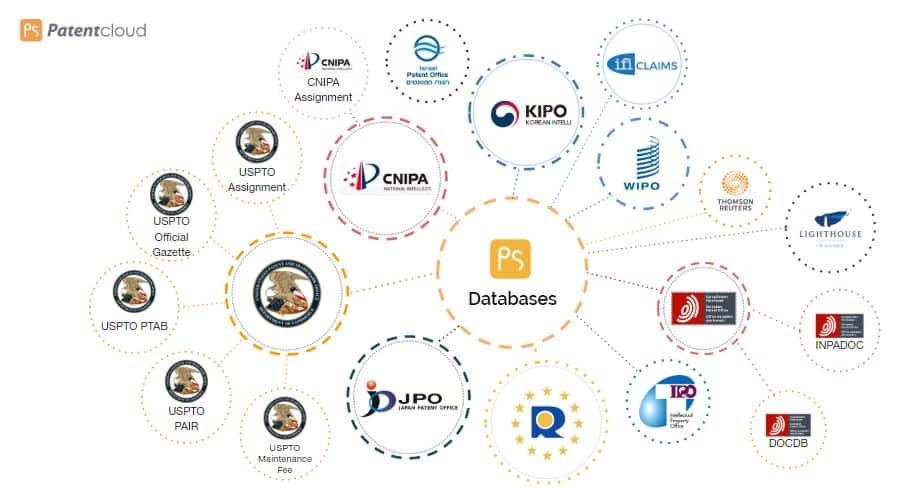In this article:
- What Is a Patentability Search?
- Why Should I Perform a Patentability Search?
- How Do I Perform a Patentability Search?
- What Is a Patentability Search Report?
- How Much Does a Patentability Search Cost?
Imagine spending a lot of time, effort, and money on turning your idea into a reality, only to find out that when you eventually file a patent application, the invention—or a similar invention—has already been patented. Searching for a patent is the best way to avoid paying out for an unsuccessful application. This is one of the many reasons why a patentability search is so important. But what is a patentability search? Why is it important? How much does it cost? Read on to discover more about this crucial type of patent search.
What Is a Patentability Search?
A patentability search—otherwise known as a novelty search or prior art search—is used to uncover any references whatsoever which disclose the same—or a similar invention—to the invention to be patented. An invention can only be patentable when it is new or novel; therefore, a patentability search enables the searcher to find out whether it has been revealed openly and publically by somebody else prior to the invention’s critical date.
Obviousness is a non-quantifiable theory, just as the concept of similarity is oftentimes subjective. Therefore, patentability searches are usually split up into four types of relevancy criteria:
- Non-relevant
- Distantly Related
- Related
- Relevant
The criteria are based on the mapping range of the novel, and inventive characteristics of the invention and the invention disclosed in the reference. Both patent and non-patent literature are searched to uncover references that are relevant and related as prior art to the invention in question.
If the outcome of the patentability search reveals documents that disclose inventions that are the same as—or similar to—the invention searched, the scope of the invention can then be revised for subsequent searches based on the newly identified references.
A patentability search may be performed as early as during the invention’s development stage; however, it is generally performed before submitting a patent application to check the feasibility of the invention.
Why Should I Perform a Patentability Search?

The primary purpose of a patentability search is to determine the probability of an invention receiving a patent, particularly against the global standards of novelty and non-obviousness.
A patentability search should be performed before the process of filing a patent begins. Inventions typically consume a lot of effort and expense, so, prior to filing, the inventor should make sure that nobody else has staked a claim for that particular invention.
It’s certainly worth performing a patentability search for the following reasons:
- A patentability search can give the inventor more of an understanding of the scope of the invention
- It can help the patent drafter in drafting the claim by offering a better understanding of the invention over the prior art
- The applicant can be more prepared when it comes to providing answers to rejections—which may or may not arise throughout the examination phase
It is not a legal requirement for an inventor to perform a patentability search prior to filing a patent application; however, a patentability search should be one of the first steps to take when embarking on the patent process. Ensuring that your product is novel is a practical action to consider before you commence production to make sure that your invention is unique and ultimately patentable.
How Do I Perform a Patentability Search?

“The best advice is that you must be prepared to spend all the time it takes to be confident that you have done a proper job. Your mission is to find evidence that disproves the novelty of your invention. Your hope is that you will fail, but in the interests of a thorough search, you must put that to the back of your mind ”
– The European Patent Office (EPO)
Your patentability search could take anything from just a few minutes to many hours and beyond. It all depends on the accuracy of your keywords and whether or not there is a lot of prior art.
The U.S. Patent and Trademark Office (USPTO) examiners check pending applications and existing patents when they receive a new patent application. It’s worth mentioning that the applicant pays for the patent examiners to perform this task, you can check out the USPTO website for a list of the search fees.
You can perform a patent search yourself for free, have a law firm carry out the search for a fee, or look into other affordable options such as Patent Search by Patentcloud. Be wary of free patent search databases and websites, to find out more, check out our article: Free Patent Search Perils: When Free Isn’t Free.
To perform your own patentability search, follow these steps to give yourself a head start:
- Choose a suitable keyword for your invention and put it into your patent search tool. Start off broad and then narrow your search to ensure you don’t miss anything out.
- Find the most suitable CPC classification for your invention to search for the patent documents that are the most similar to your invention. It’s worth bearing in mind that these codes are coded by examiners who might have their own personal and subjective ideas so tread carefully.
- Search through both the PatFT (issued patents) and AppFT (published patent applications) documents with the closest matching CPC classification that you can find.
- Use the citations of the prior art of the most relevant patents from your search to find even more related patents.
- Broaden your search scope by repeating the entire process.
For a more detailed account of how to perform your patent searches, why not take a look at our dedicated article.
What Is a Patentability Search Report?
In simple terms, a patentability search report shows a list of pending and existing patents that are the same as—or similar to—your invention. A patentability search and analysis report can give you a better understanding of whether your concept is novel and non-obvious—two of the three conditions for patentability.
A patentability search report is a worthy resource to have prior to filing a patent application as it gives you a greater level of confidence when filing your patent application. Additionally, the knowledge gained from the patentability search report can also assist you or your patent professional in drafting an effective patent application.
How Much Does a Patentability Search Cost?
If you enlist the services of a professional law firm, the cost of a patentability search and analysis really depends on the firm, and on the patent search requirements. The cost could be anything from $100 to $3000 or higher depending on the search firm.
Free Trial
Start conducting your own patentability search today. Patent Search by Patentcloud makes finding patents easy. For a free 7-day trial of Patent Search, sign up here.
Any questions? Contact us directly; we’re always happy to help!

